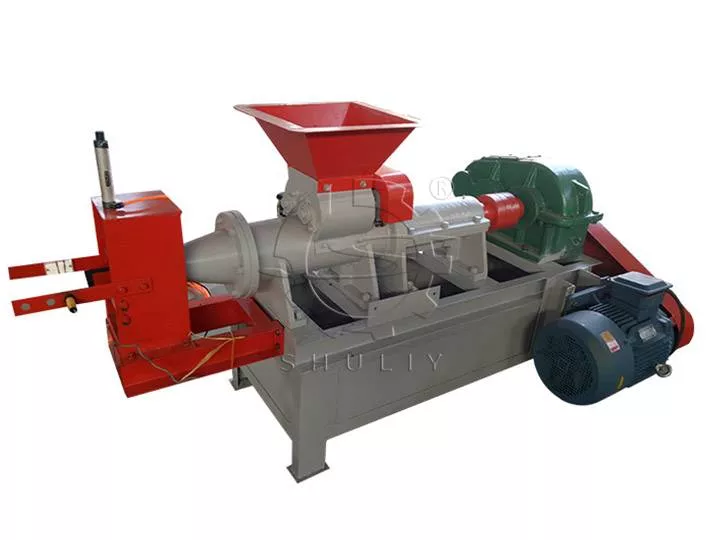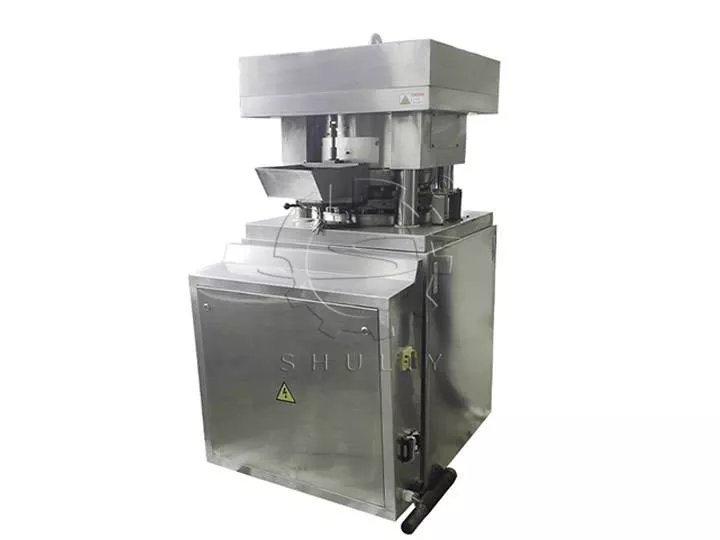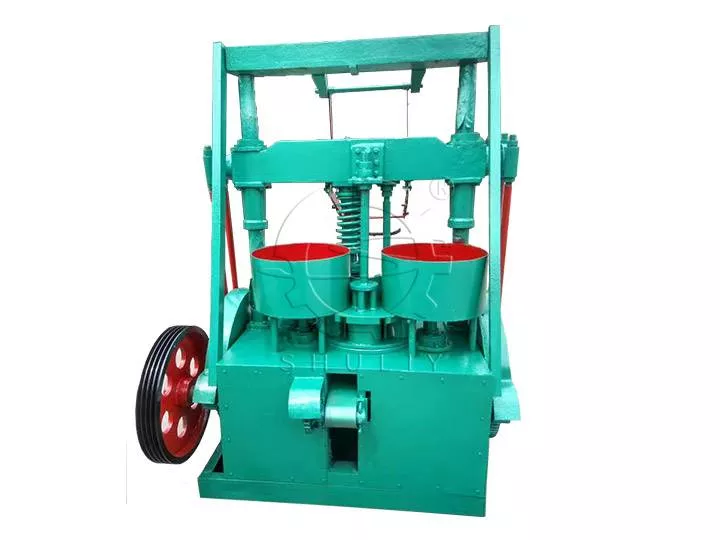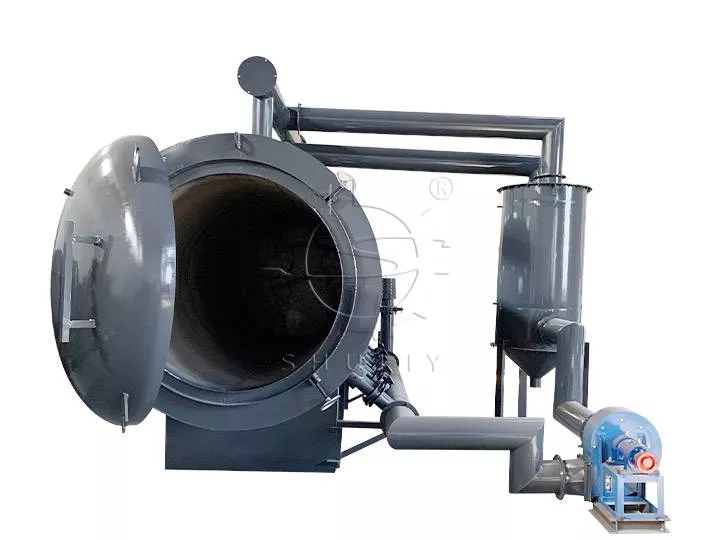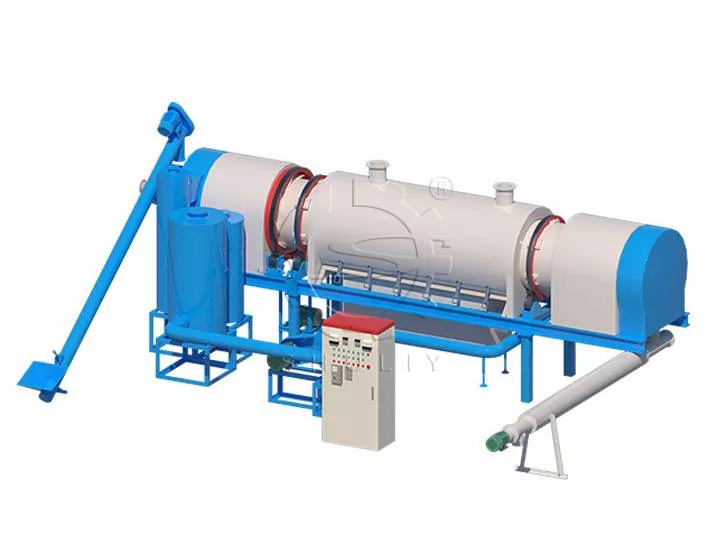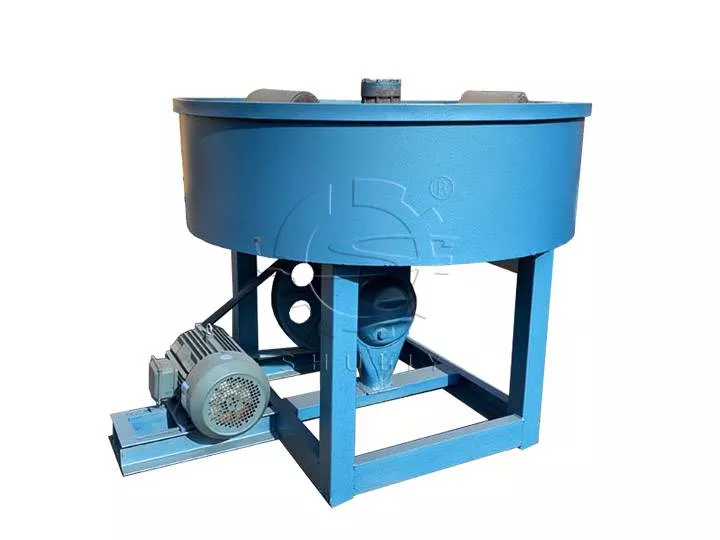An Ultimate Tutorial on How to Make Coconut Shell Charcoal: Tips and Tricks for Success
Coconut shell charcoal is a sought-after product known for its effectiveness, eco-friendliness, and wide range of uses. It serves multiple purposes, including grilling, smoking, and filtering. This guide offers a detailed, step-by-step approach to producing top-notch coconut shell charcoal.

Cheap and accessible coconut shell resources
The availability of coconut shells as a resource is both plentiful and economically advantageous, primarily sourced from local coconut vendors, processing plants, agricultural waste, and community recycling centers.
In many tropical regions, coconut shells are often discarded after the coconut milk is consumed, leading to significant accumulation in areas like markets, roadsides, and processing plants. This abundance presents an opportunity to access coconut shell resources at minimal cost.

Innovative uses for coconut shell charcoal
Coconut shell charcoal has a wide range of uses, such as:
- Grilling and barbecuing. Its high energy density makes it a fantastic option for grilling and barbecuing.
- Water filtration. It plays a role in water purification systems, effectively removing impurities and odors.
- Air purification. Charcoal is utilized in air filters to absorb toxins and unpleasant smells.
- Soil amendment. It can enhance soil health and fertility when used as a soil amendment.
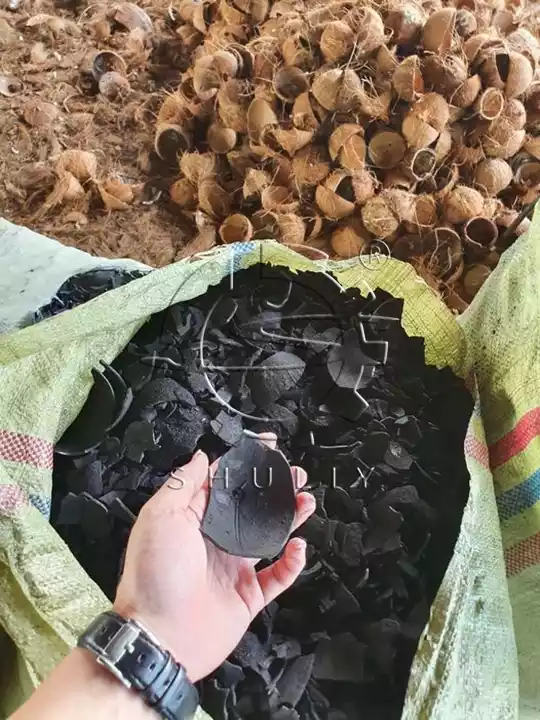
Basic conditions for the establishment of processing plants
Establishing a coconut shell charcoal production facility requires careful consideration of several fundamental elements:
- The selection of an appropriate location is paramount, as it must be near a reliable supply of coconut shells.
- The design of the factory should include efficient processing equipment capable of effectively managing the carbonization process while complying with environmental regulations.
- Furthermore, securing the necessary permits and licenses, as well as investing in skilled labor, will contribute significantly to the successful establishment and operation of the factory.
- Lastly, implementing effective marketing strategies will be vital in promoting the charcoal products to potential customers, thereby enhancing the factory’s market presence.
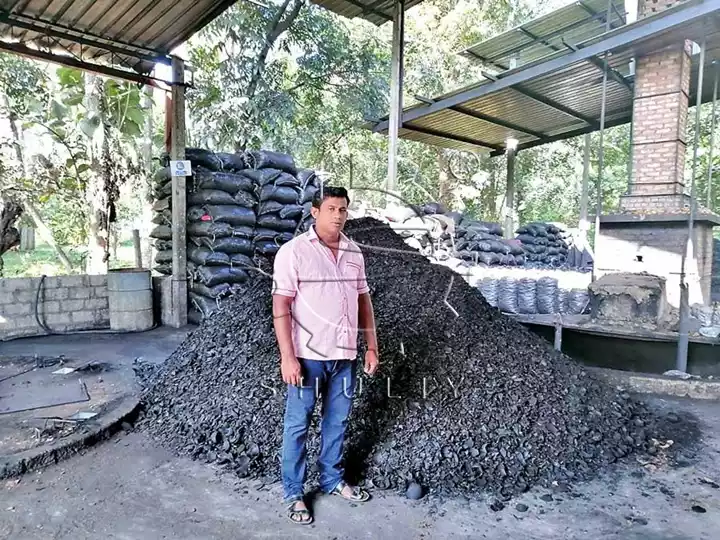
If you would like more information, you can contact us and tell us your requirements. We will provide you with these details free of charge for reference.
Materials and equipment
Materials
- Coconut shells: get clean, dried coconut shells that are completely free of any leftover coconut meat and moisture.
- Fuel: this is optional and can be used to heat the kiln or furnace (for example, wood or charcoal).
Equipment
- Carbonization kiln or furnace: carbonize coconut shell to charcoal.
- Crusher or grinder: coconut shell charcoal crushing.
- Wheel mill: mixing charcoal powder with water and binder.
- Briquette forming machines: coconut shell charcoal briquetting.
- Dryer: charcoal briquettes drying.
Step-by-Step process
Step1: Carbonization
Coconut shells can be transformed into charcoal using a carbonizing machine. We offer various types of carbonization furnaces, and nearly all of them are suitable for producing coconut shell charcoal.
For small-scale charcoal production, you might opt for the hoist type or horizontal carbonization furnace. For larger charcoal factories, the continuous carbonizing machine would be a better choice.


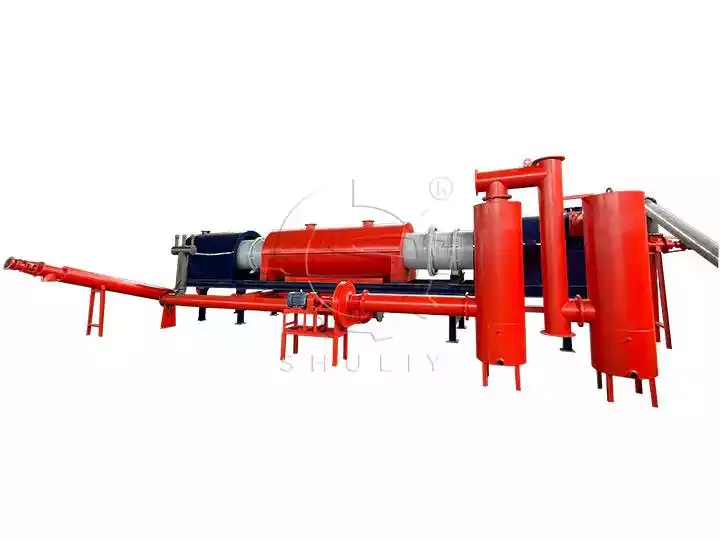
Step2: Crushing
Coconut shell charcoal retains its shell shape or can break into pieces after carbonization. Before forming briquettes, it is necessary to grind the charcoal into a fine powder. This charcoal powder is much easier to shape and helps minimize wear on the machinery.
Step3: Mixing
Since charcoal powder lacks viscosity, we need to incorporate a binder to help shape it into briquettes. Adding a binder makes the charcoal briquettes more solid and gives them a smoother surface.
Typically, the binder ratio is around 3-5%. As for the moisture content of the charcoal, it should be between 10-25% after mixing.
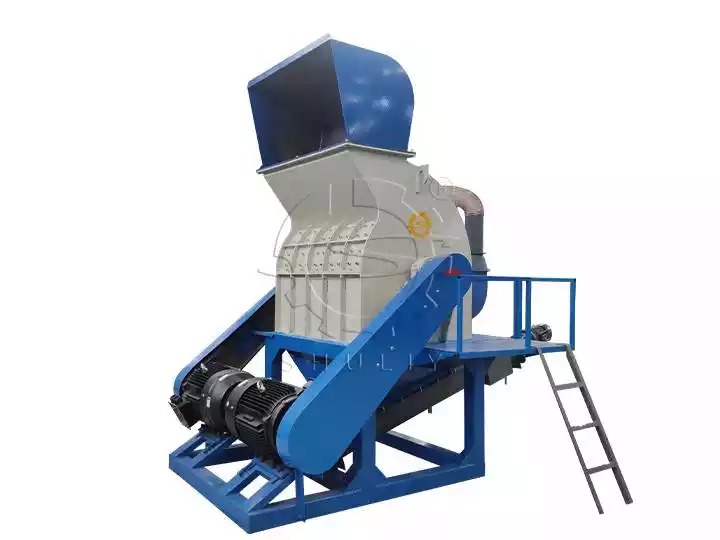
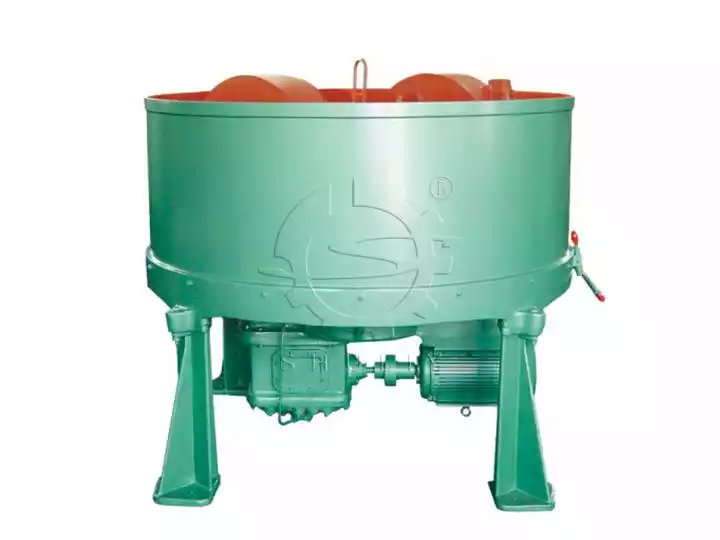
Step4: Briquetting
You make different shapes of charcoal briquettes for various uses, which require different machines. We have the following popular molding machines to choose from, including charcoal briquette extruder machines, BBQ charcoal ball machines, hookah charcoal press machines, and honeycomb coal machines.

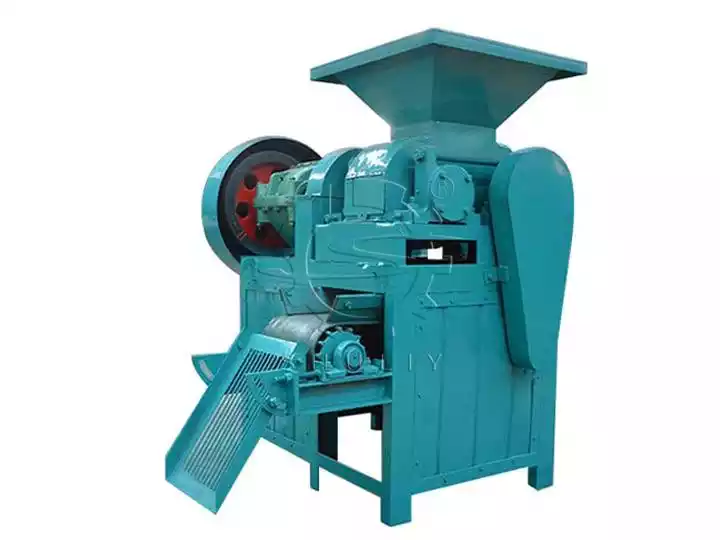
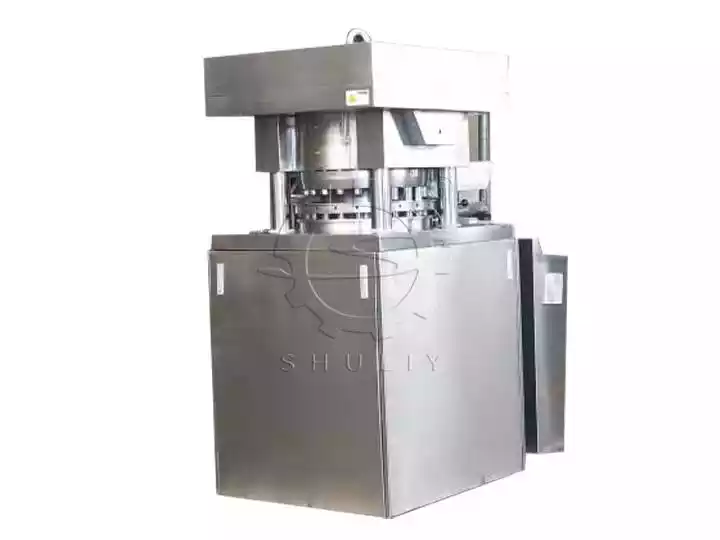

Step5: Drying
All charcoal briquettes are wet when produced by a charcoal briquette machine. Therefore, they must be dried before they are used as fuel or sold in the market. It takes about 4-7 days to completely dry the charcoal briquettes by natural drying.
Therefore, we recommend you use drying equipment. There are two types of dryers for charcoal briquettes: mesh belt dryers and box drying rooms, which can complete the fully automatic drying process in just 5 hours.


Advantages of coconut shell charcoal
- Renewable resource recycling.
- Has high adsorption capacity and burns hotter.
- Burning time is up to 3+ hours.
- Burning ash can be reused as fertilizer.
- Neutral odor, conducive to air purification.
- Wide range of uses including cooking, water filtration, etc.
To get the latest costs and solutions for coconut shell charcoal production, you can contact us directly by filling out the message form on the right. We will get back to you in the shortest possible time and look forward to working with you.

